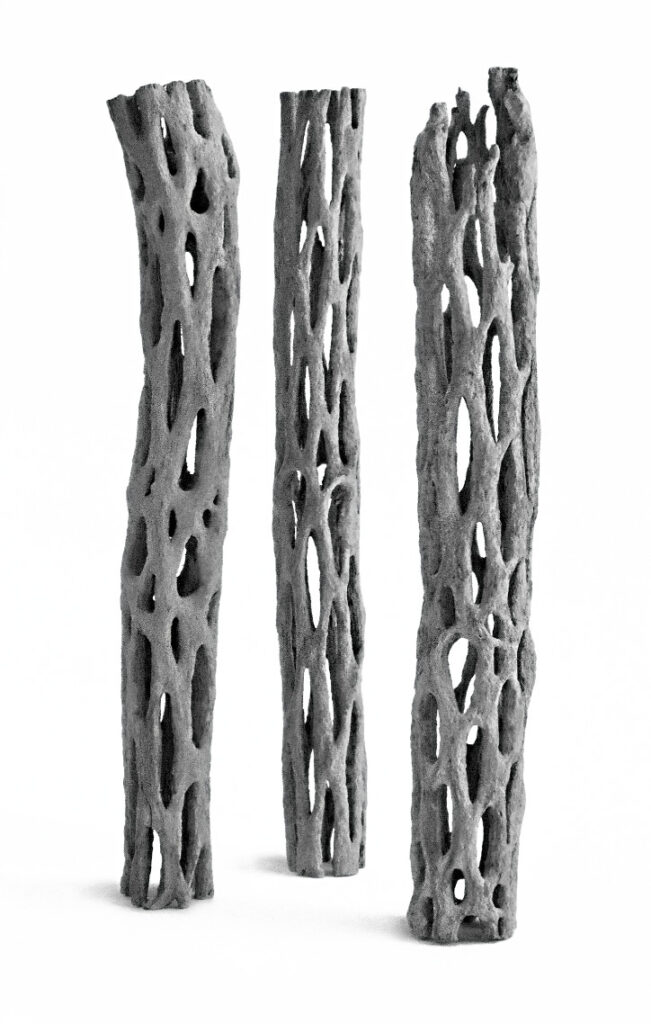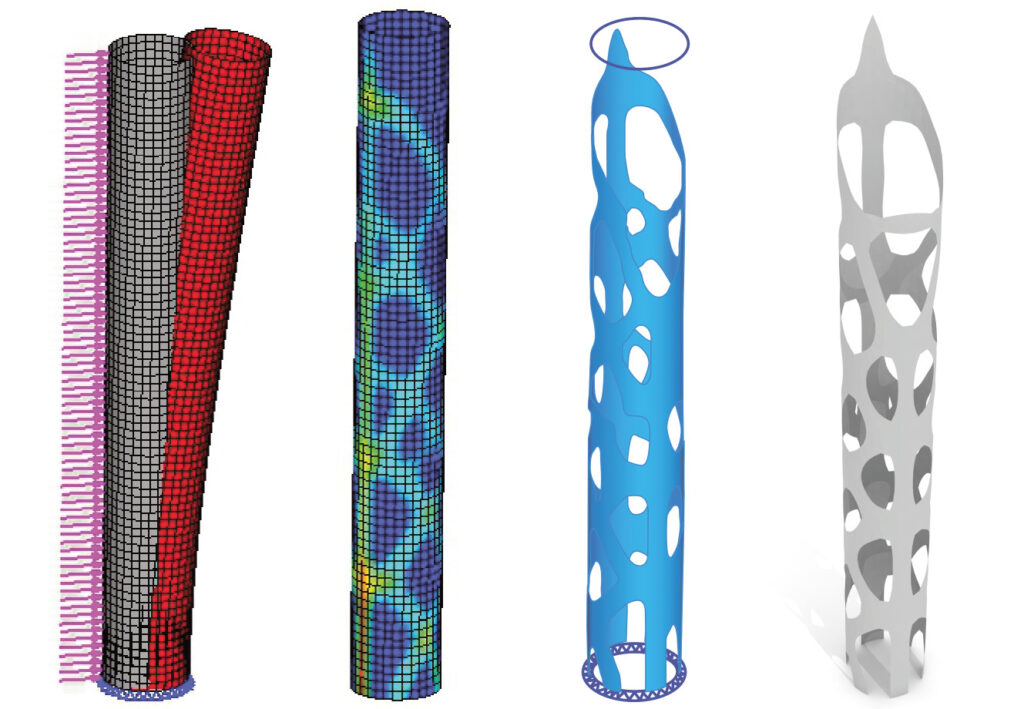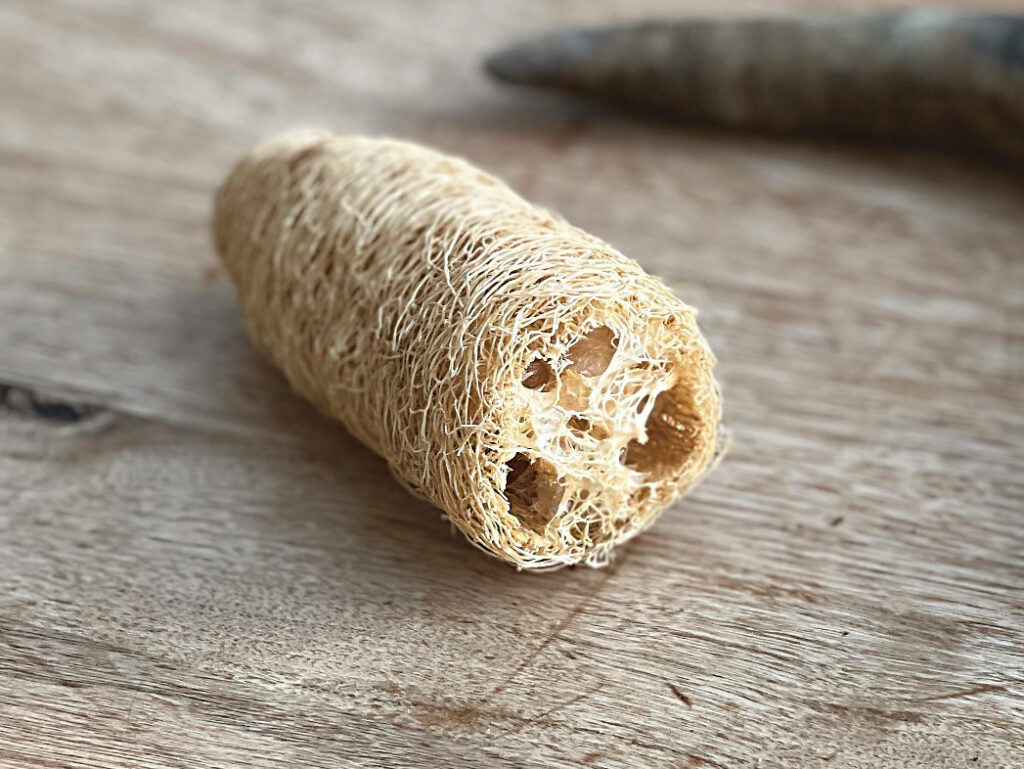Natural Structures – Skeletons
The exoskeleton is probably one of the most fascinating structures found in nature.

The development of natural „structures“ can be directly studied looking at the development of the skeleton.
While the first inhabitants of planet earth were more or less „gushy“ – mostly worms – they developed an exoskeleton in order to protect themselves from their predators. Apart from this competition, the growth comes into account. The skeleton of the columniform cactus shows us an ideal structure for a high-rise building. It can be described as a hollow tube with the material concentrated on the outer range of the design space. Then, including this, its structure is derived from the process of growing. This study redesigns a cactus skeleton, describing a hollow tube as a vertical cantilever under wind loading.
The material distribution is developed with the topology optimization algorithm. And the construction sequence is yet to be studied, but can also be inspired by the process of growth and form.
Looking at the geometries of the columniform cactus, of sponges or of cow horns: The skeleton of the columniform cactus is shown in one of the most relevant publications of the subject of nature and architecture – the documentations of the works of Frei Otto and his teams. The geometry is a combination of growth, form and structure. How can we transfer this into built structures? New construction methods allow us to follow our natural role models – following both their geometry and their construction process.
This study shows the derivation of material distribution within a given design space using the methods of topology optimization. Taking off with the structural system of a vertical cantilever as a hollow tube, the algorithm is instructed to distribute material within the design space at the most efficient way, given the side constraint that only a prescribed amount of percentage is allowed to be filled with material. As a result, we can re-design the skeleton of a columniform cactus – with the possibility to directly relate this to modern fabrication methods.



Exoskeletons as well as internal skeletons give us an idea of how structural systems work in the most efficient way. Basic geometry studies have been documented in the publications of D’Arcy Wentworth Thomson „On growth and form“. Our modern optimization methods allow us to redesign and improve these geometries, transferring their principles into structure and architecture.


The density of structural material in relation to architectural aspects stands in the well known dialogue of optimizing both items simultaneously. Material reduction in the optimization process results in more filigree structures.
Learning from nature creates iconic architecture.
The inherent logics of natural structures lead us to holistic and self explaining architecture.